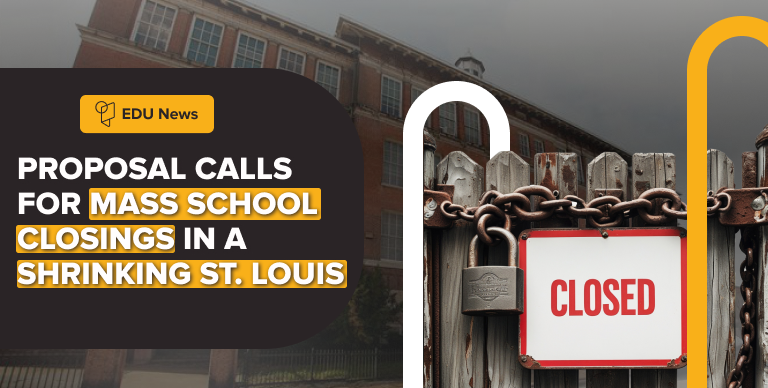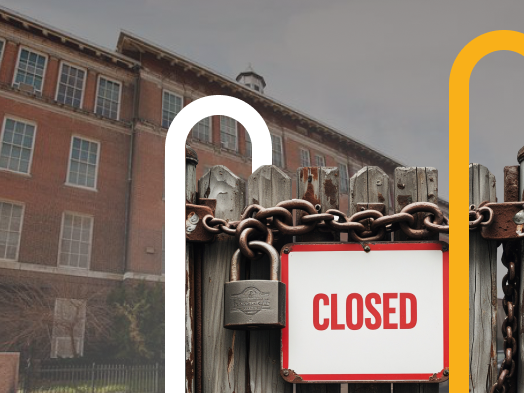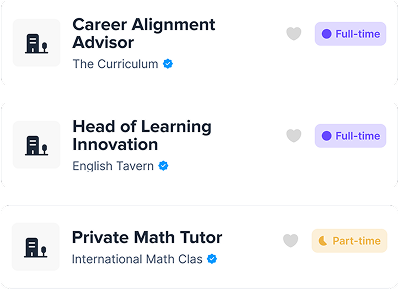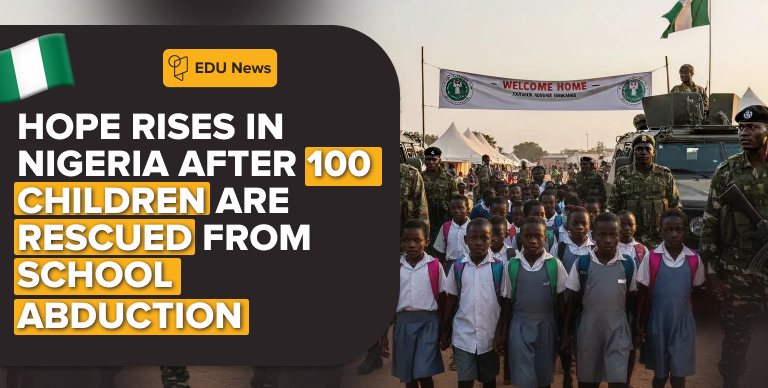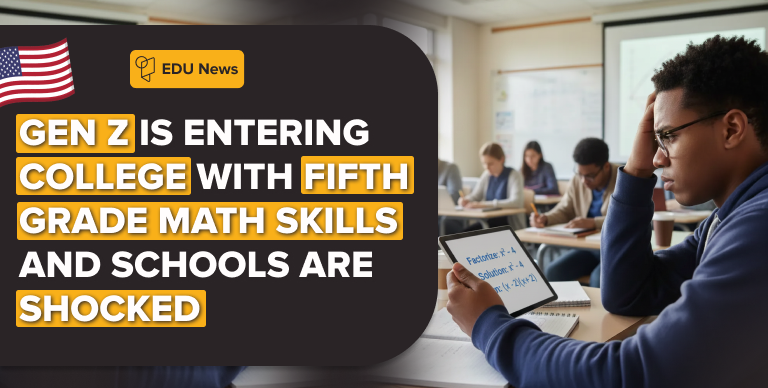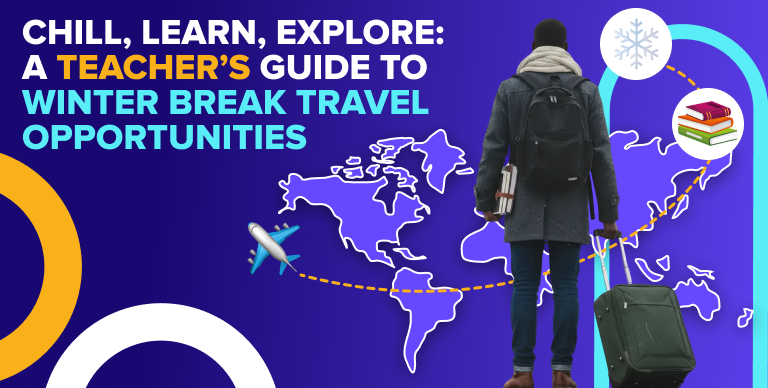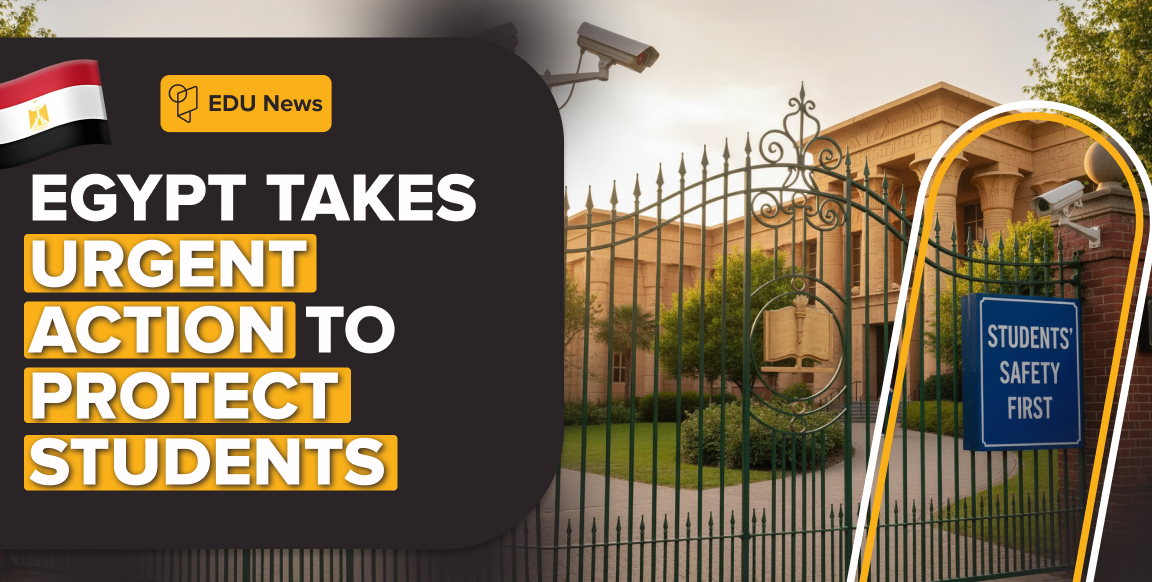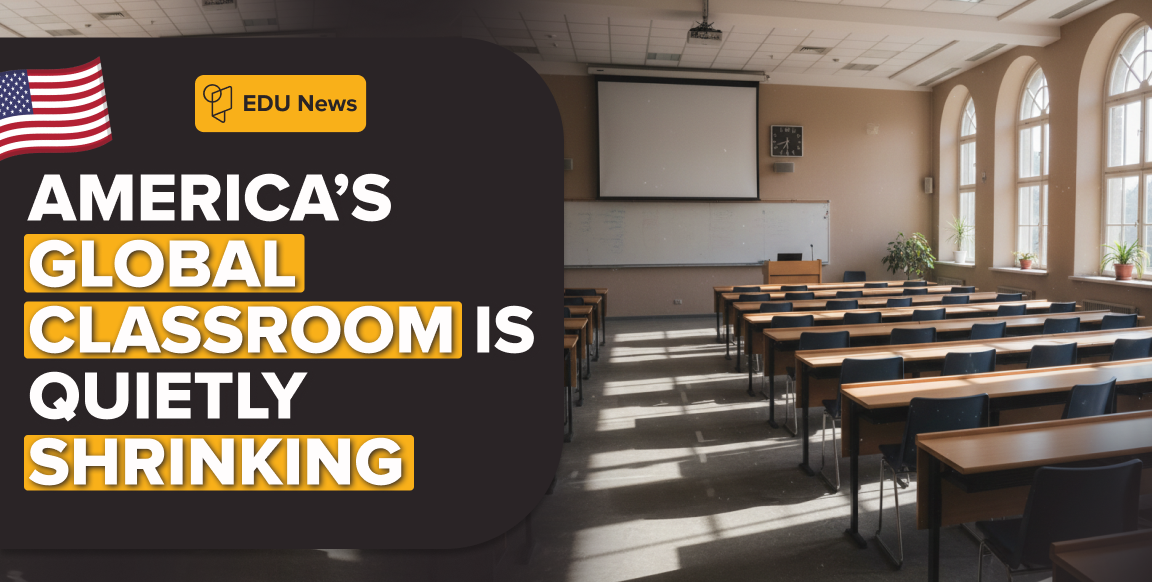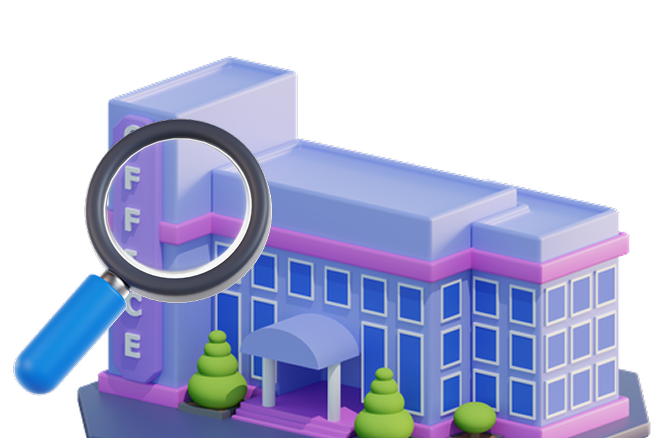A new proposal could reshape education in St. Louis: 37 of 68 public schools may close starting in 2026.
The plan—part of a “Reimagining SLPS” process—comes as enrollment falls and maintenance costs climb. Community meetings are already heated, as families, educators, and city leaders debate what’s at stake.
Want a free global guide to navigating school closures and consolidations (with examples from the U.S., UK, and beyond)? 👉 [Download it at EDU Passport]
What the proposal actually says
- Closures: 37 schools recommended to close, leaving 31 open.
- Timeline: Changes could start in fall 2026 (2026–27 school year).
- Enrollment: ~18,000 students currently spread across more than 60 schools—many under capacity.
- Drivers: Declining enrollment, aging buildings, and high maintenance costs (repairs in the hundreds of millions).
- Goal: Save money, consolidate resources, and “right-size” the district.
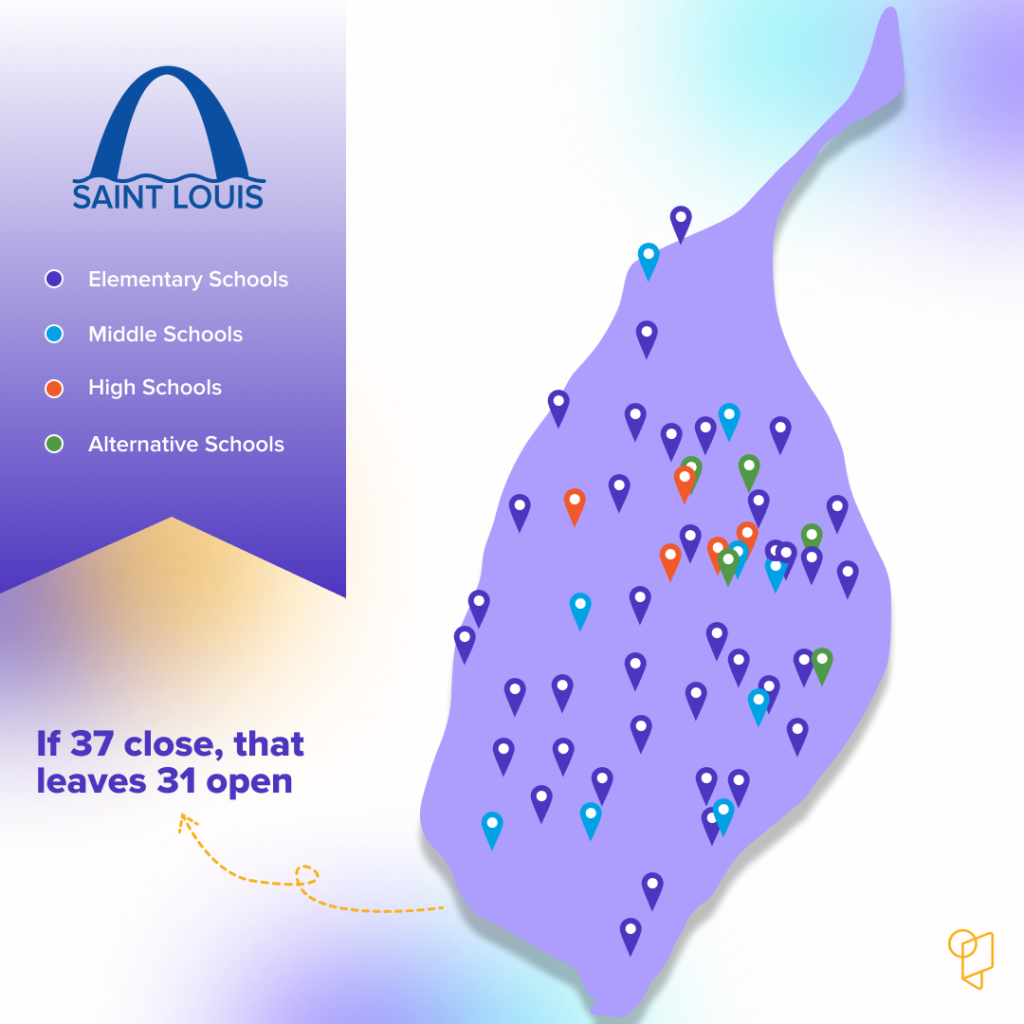
Why this matters beyond buildings
School closures aren’t just about money. They shape communities. Globally, cities from Detroit to London to Manila have faced similar choices—and the ripple effects are real:
- Access & equity: Fewer schools can mean longer travel times, loss of neighborhood anchors, and uneven access to advanced programs.
- Staffing & services: Consolidation may strengthen some programs but destabilize jobs and disrupt support staff.
- Neighborhood change: Vacant buildings risk accelerating decline unless there’s a clear reuse plan.
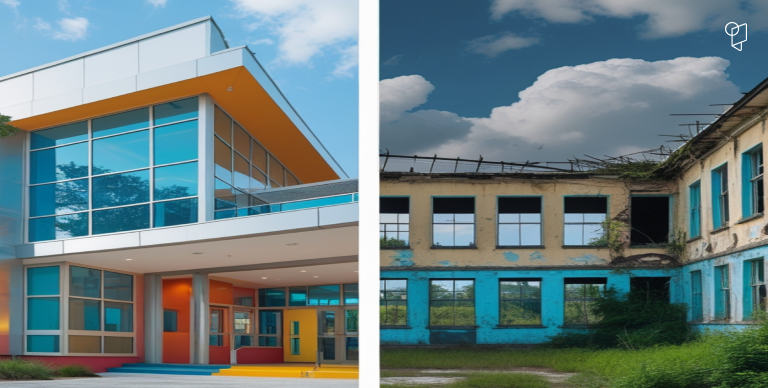
What districts and communities should do now
If you’re in St. Louis—or anywhere else watching this story with a sense of déjà vu—these are practical lessons:
- Demand transparent data → Enrollment, costs, and closure criteria must be public and clear.
- Center families & staff → Real community input means listening, not just informing.
- Protect programs → Keep advanced courses, counseling, and specialty programs intact.
- Plan reuse early → Closed schools can become community centers, housing, or adult learning hubs if leaders plan ahead.
- Phase with care → Sudden closures deepen trauma; paced transitions support stability.
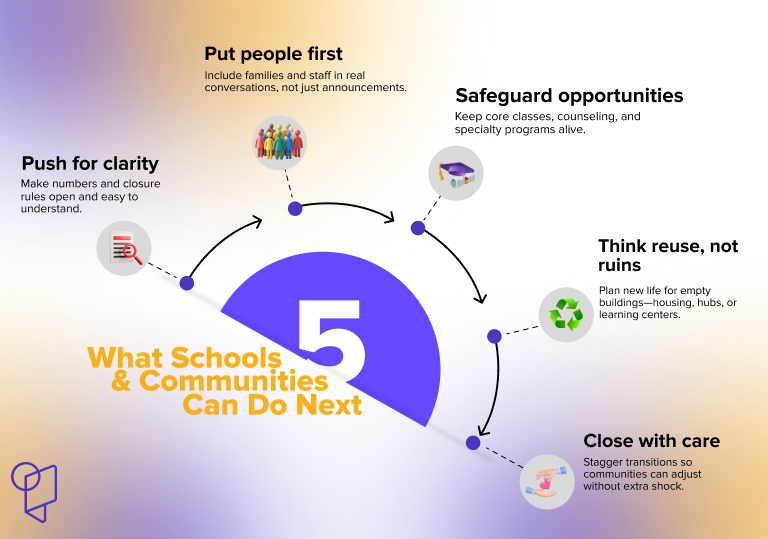
A global lens
St. Louis isn’t alone. From rural Japan to shrinking European towns to urban U.S. districts, population shifts are forcing hard education choices. The real difference is in how leaders respond:
- Reactive closures often worsen inequities.
- Planned transitions can create new opportunities for community learning, collaboration, and regeneration.
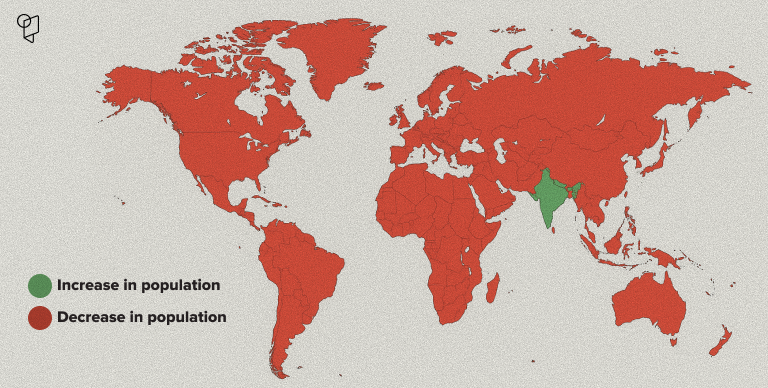
EDU Passport’s role
At EDU Passport, we connect you to global insights, strategies, and resources for navigating education change. Whether it’s closures in the U.S., consolidations in Asia, or restructuring in Europe—we bring you the stories, lessons, and tools to make informed decisions.
👉 Download our free guide: “Navigating School Closures: Global Lessons for Local Leaders” and join our network today.
Because school buildings may close—but education, opportunity, and community must keep growing.





